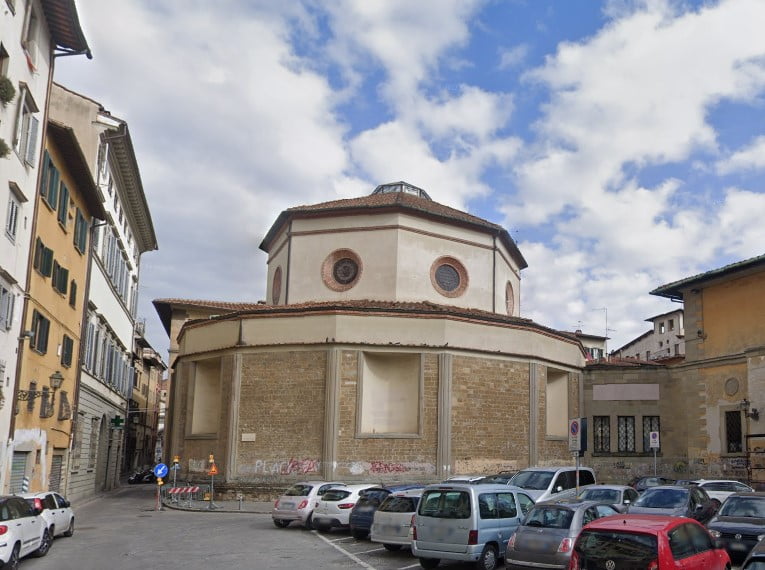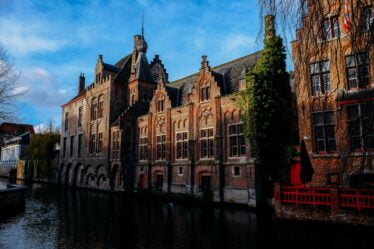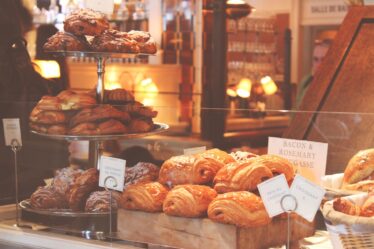

Filippo Brunelleschi created the Camaldolese church in 1434. It was a centrally planned structure with sixteen external faces and an interior octagonal layout. The descendants of Filippo degli Scolari, also referred to as Pippo Spano, commissioned him to build a church honoring the Virgin and the twelve apostles with 5,000 gold florins.
A Florentine commander named Pippo Spano had fought in the army of Sigismondo, the emperor of Hungary, and had won riches and accolades for his successes over the Turks. Pippo’s cousin Andrea, the bishop of Gran Varadino, and brother Matteo degli Scolari edited the construction.
They made the decision to construct a chapel outside the Santa Maria degli Angeli convent, which at the time was a significant cultural hub. The Republic commandeered funding for the battle against Lucca in 1437, interrupting the Camaldolese Church’s project and leaving behind the Castellaccio, a seven-meter-tall ruin.
The roof was built to the walls in the seventeenth century, and additional rooms were erected in the nineteenth century, when the artist Enrico Pazzi used them as a study. Although Brunelleschi’s original plan was followed when Rodolfo Sabatini resumed construction on the structure in 1937, he was unable to provide a cohesive element.
There are Serena stone ribs on the lower part, but there are no ornamentation on the top portion. Up to their relocation, the University Linguistic Center’s courses were housed in this building. The Museum de ‘Medici, which is devoted to the Medici history of the city, has been located on the roundabout from 2023.



